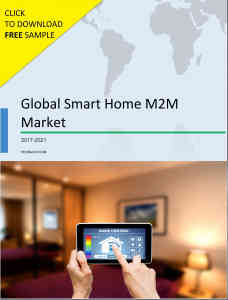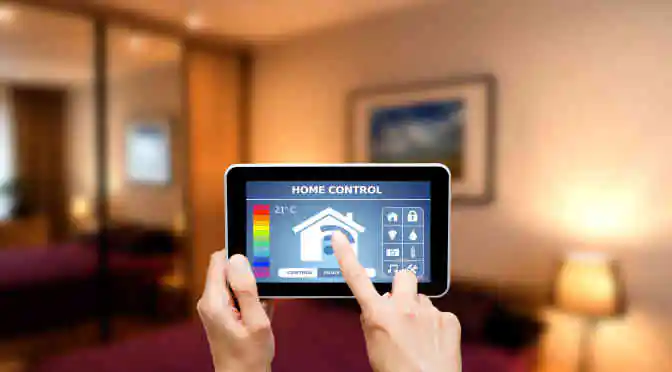Technology has rapidly evolved in the last decade. Internet, smartphones, the cloud, social media, big data analytics and a number of other technological advancements are disrupting the way we live, work and play. Powered by smart gadgets and cutting-edge innovations, our homes are already far too technological than a mere decade ago. Add Internet of Things (IoT) to the mix and thanks to Machine-to-Machine (M2M) communication networks, the modern homes are smarter than ever.
 While connected homes are getting popular, the need for an effective and accurate connectivity platform that reins all this in, is top priority. M2M communication technology is befitting in this context, as the same is loaded with sought-after features that are crucial requirements in the case of smart and connected homes. Conclusively, one of the key areas of growth for IoT and M2M pertains to smart buildings, smart homes, and smart cities.
While connected homes are getting popular, the need for an effective and accurate connectivity platform that reins all this in, is top priority. M2M communication technology is befitting in this context, as the same is loaded with sought-after features that are crucial requirements in the case of smart and connected homes. Conclusively, one of the key areas of growth for IoT and M2M pertains to smart buildings, smart homes, and smart cities.
What exactly is a ‘Smart Home’?
Simply put, smart home is a residential space that is equipped with advanced automatic systems for temperature control, lighting, security, multimedia, windows and doors functionalities and several such home functions. Smart homes have tethered on the edge of reality for a long time, more sci-fi than practical, smart homes are finally being crafted in stone, cement, and a healthy addendum of IoT and M2M technologies.
Smart homes are all about advanced automation. Backed by the Internet of Things, smart homes offer a secure, intelligent, convenient and personalized living experience. All these M2M devices will be networked together using IoT, to provide seamless and reliable control on all functional segments of the home.
What’s M2M communication’s role in smart homes?
With the growth of M2M/IoT and broadband communications, intelligence in the home is taking on a whole new meaning as several connected home applications are transforming information, entertainment, health and general well-being into more interactive and maneuverable factors. For M2M technology, the potential within the smart home is massive, providing residents with advanced intelligence and controls to manage security, functions and other facets of home automation.
The usage and applications of M2M in the smart home space is incrementing proactively. Intelligent appliances such as smart washing machines can alert the owners when there is a need to purchase more detergent, and smart refrigerators can suggest recipes based on the food available within it. With the use of sensors, smart thermostats can even monitor weather conditions and adjust the temperature automatically, offering the dual advantage of saving money and improving energy efficiency.
Right now, smart home M2M technology is driving many of the new groundbreaking innovations being rolled out in the average smart home, thereby producing win-win situations all around, from consumers who have improved access to a wider range of services to companies that can build stronger and more effective relationships with their customers.
Intrigued? Download the FREE sample market research report from Technavio to know more about the global smart home M2M market. And, talk to us to keep the M2M communication based conversation going.
Related: Top 5 Companies in the Smart Home Appliances Industry



